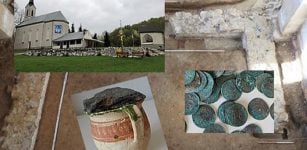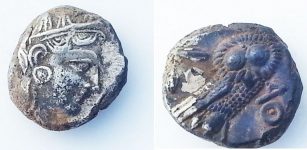Large Collection Of 3,000-Year-Old Textiles Discovered In Arava Valley, Israel
MessageToEagle.com – An extensive, 3,000-year-old fabrics collection of diverse color, design and origin has been uncovered inside the Timna copper mines in Israel’s southern Negev Desert, Tel Aviv University announced.
The ancient copper mines in Timna are located deep in Israel’s Arava Valley and are believed by some to be the site of King Solomon’s mines.
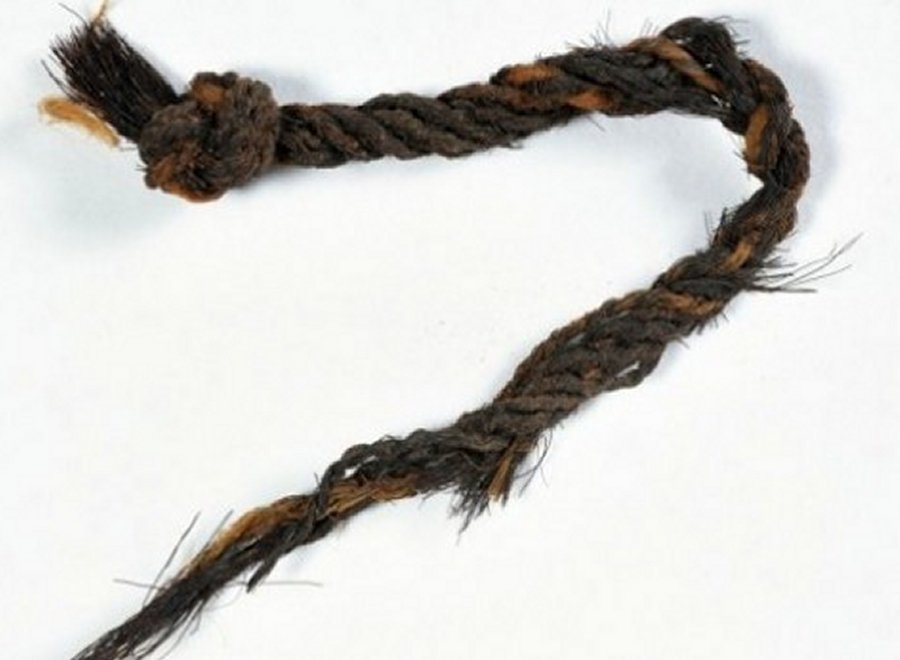
The team led by Dr. Erez Ben-Yosef from Tel Aviv University, also found thousands of seeds of the Holy Land’s “seven species” described in the Bible.
This impressive 3,000-year-old collection of organic materials, including seeds, leather and fabric, and other extremely rare artifacts was perfectly preserved due to the arid conditions in the mines of Timna.
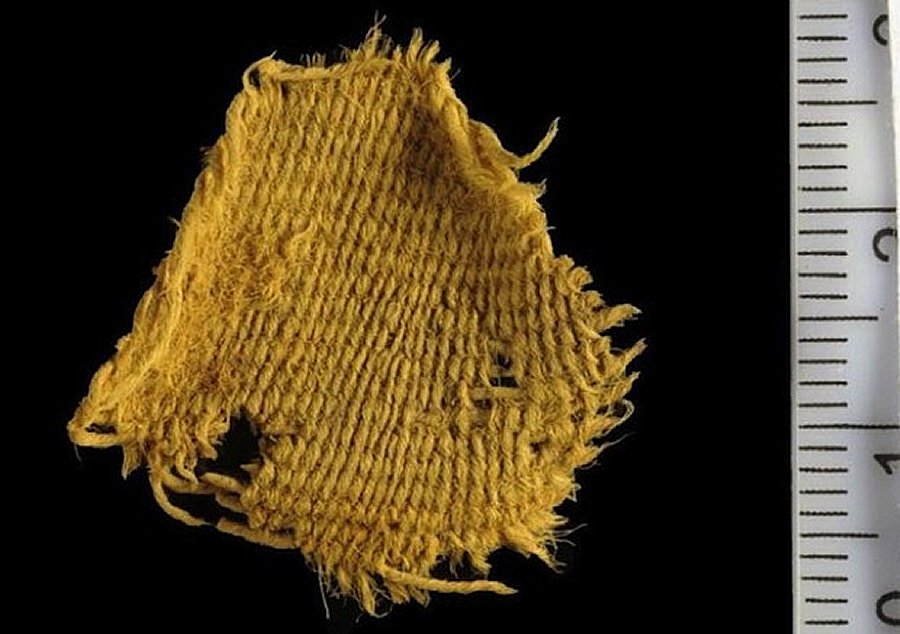
“No textiles have ever been found at excavation sites like Jerusalem, Megiddo and Hazor, so this provides a unique window into an entire aspect of life from which we’ve never had physical evidence before,” Dr. Ben-Yosef said.
“We found fragments of textiles that originated from bags, clothing, tents, ropes and cords.
Researchers believe the textiles shed light on the early Edomites, a semi-nomadic people believed to have worked the Timna mines, who, according to the Bible, warred with the Kingdom of Israel.
“We found simply woven, elaborately decorated fabrics worn by the upper echelon of their stratified society. Luxury grade fabric adorned the highly skilled, highly respected craftsmen managing the copper furnaces. They were responsible for smelting the copper, which was a very complicated process,” Ben-Yosef added.
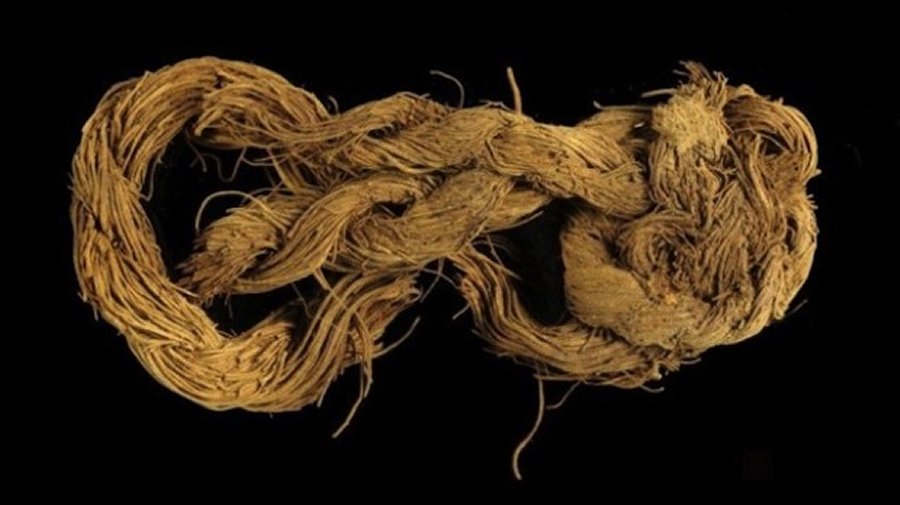
The archaeologists also recently discovered thousands of seeds of the Biblical “Seven Species” at the site — the two grains and five fruits considered unique products of the Land of Israel.
“This is the first time seeds from this period have been found uncharred and in such large quantities,” said Dr. Ben-Yosef.
He also explained that copper was used to produce tools and weapons and was the most valuable resource in ancient societies. Its production required many levels of expertise.
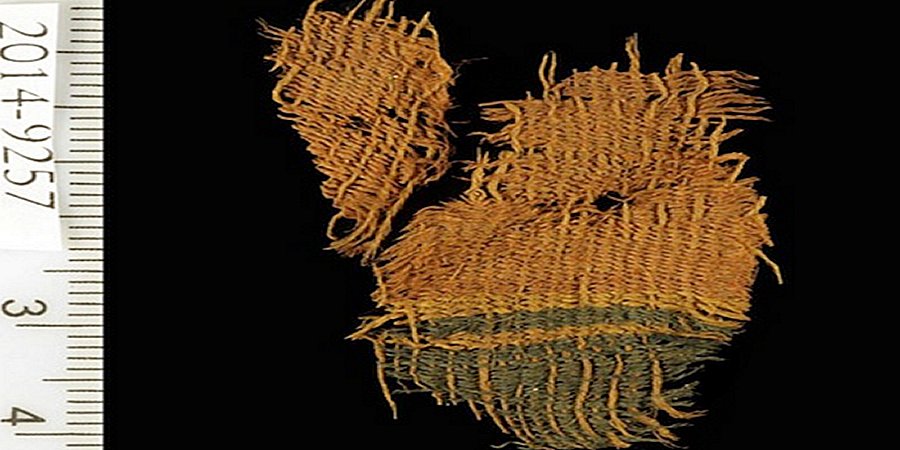
Miners in ancient Timna may have been slaves or prisoners — theirs was a simple task performed under difficult conditions. But the act of smelting, of turning stone into metal, required an enormous amount of skill and organization. The smelter had to manage some 30 to 40 variables in order to produce the coveted copper ingots.
“The possession of copper was a source of great power, much as oil is today,” Dr. Ben-Yosef said. “If a person had the exceptional knowledge to ‘create copper,’ he was considered well-versed in an extremely sophisticated technology. “
Food, water and textiles were transported long distances into the valley to support the workers of the Timna copper mines.
MessageToEagle.com





